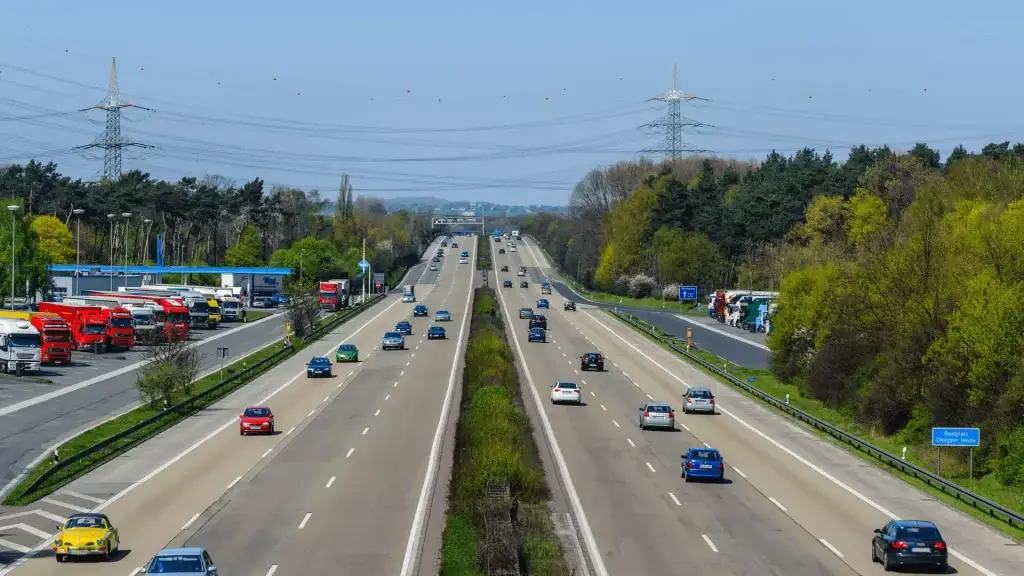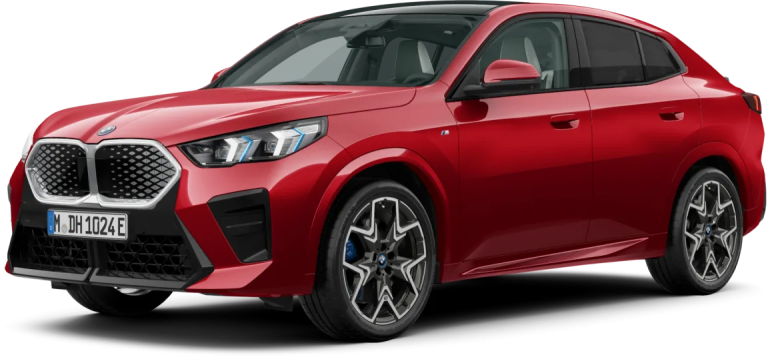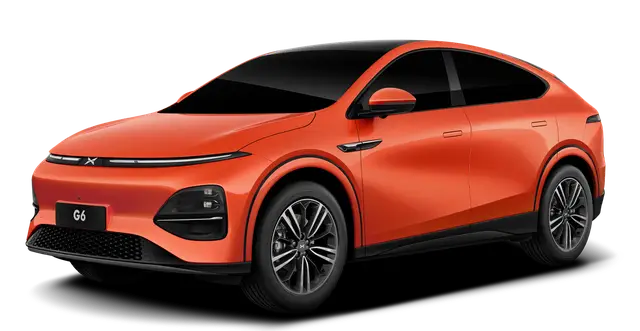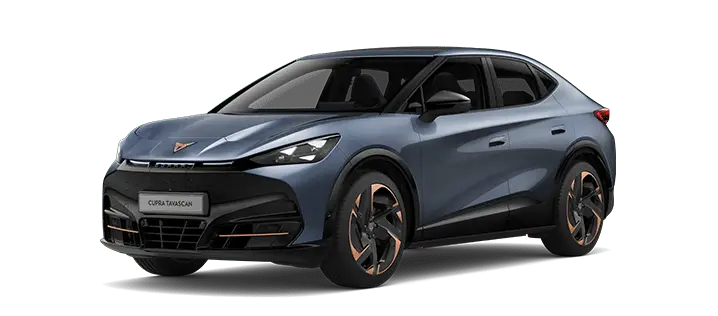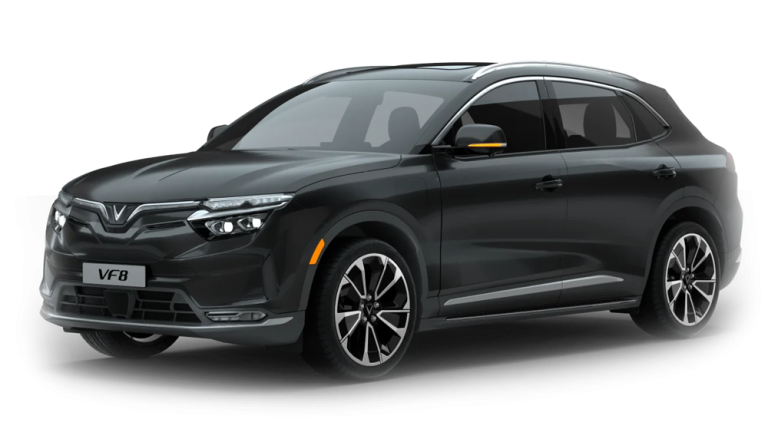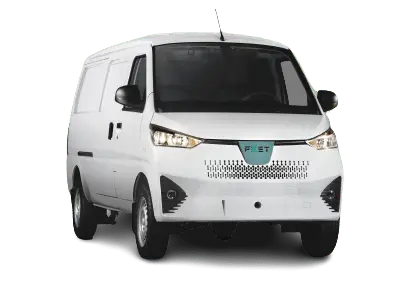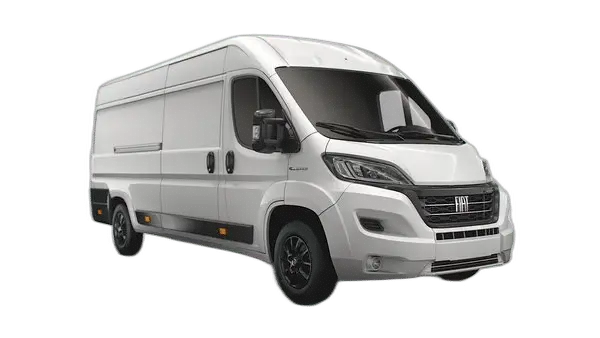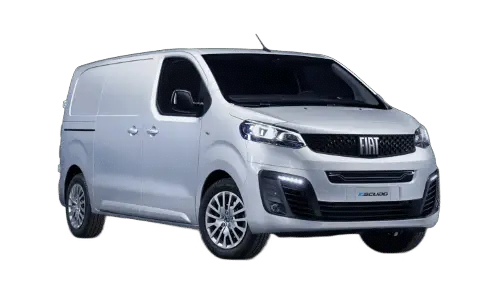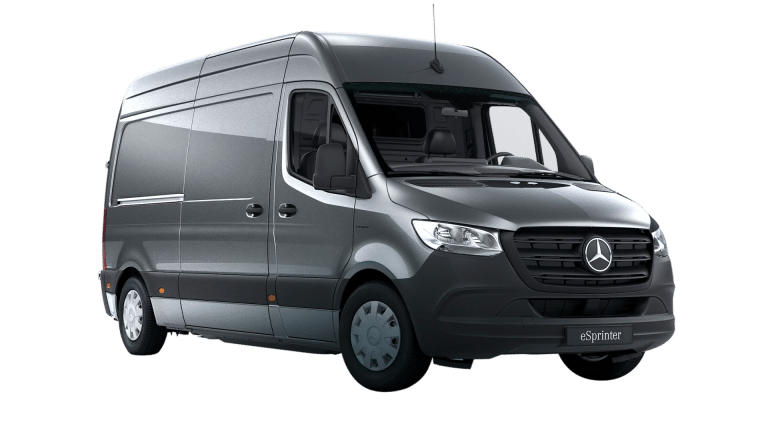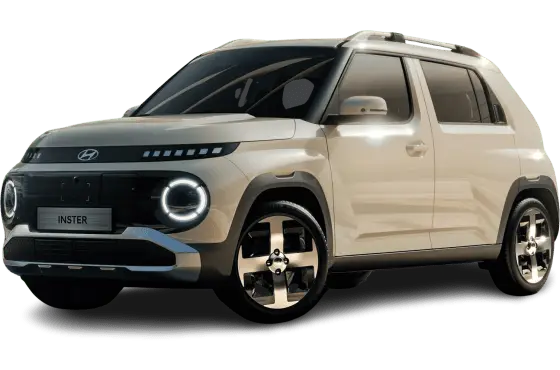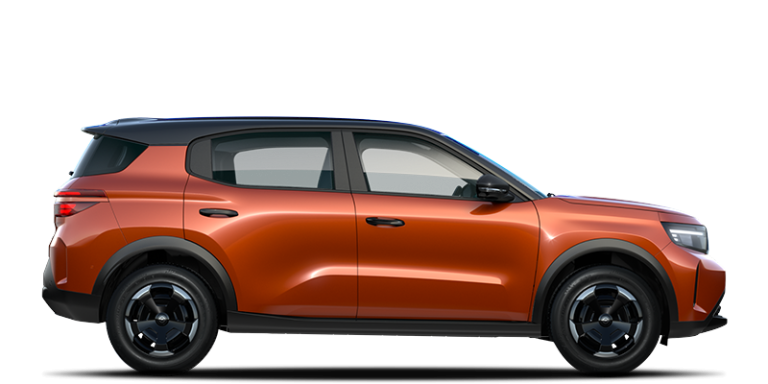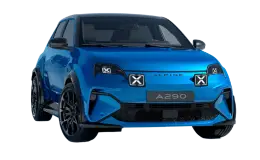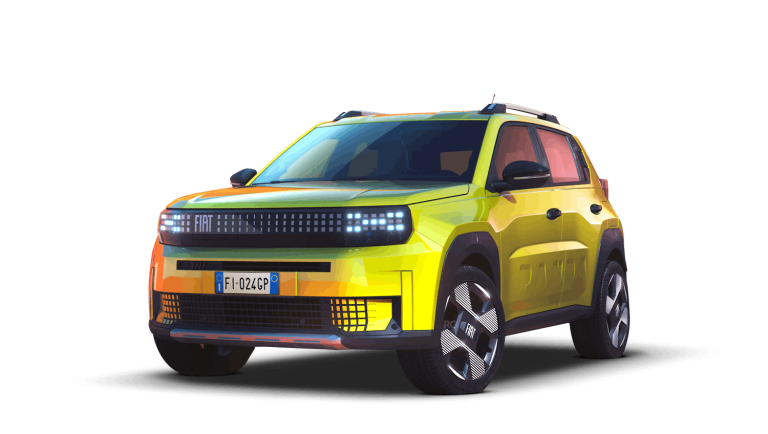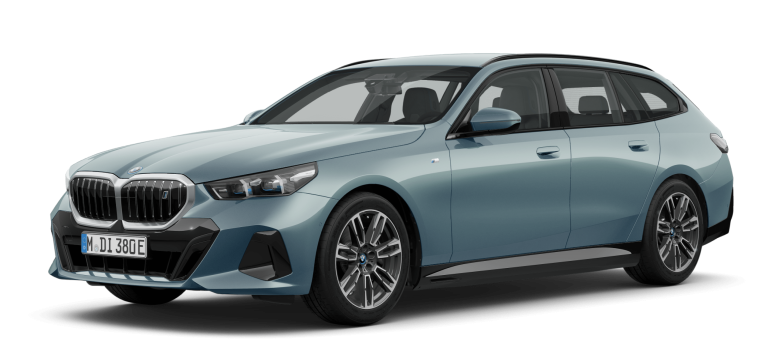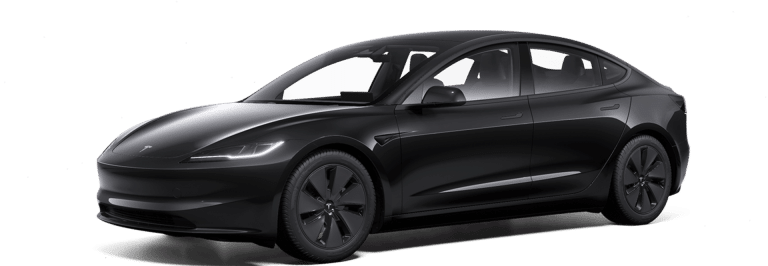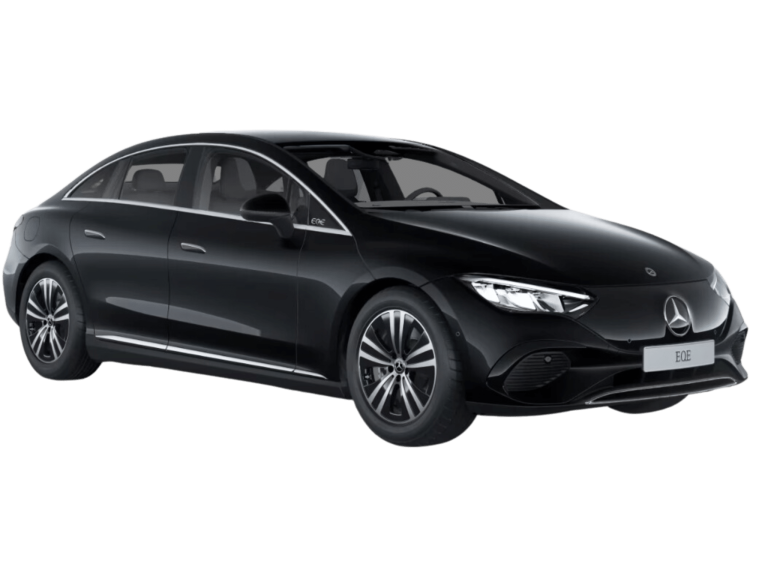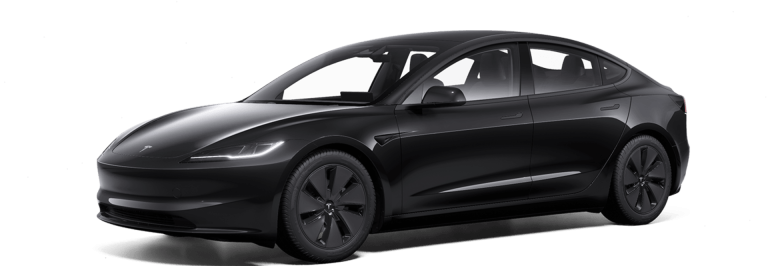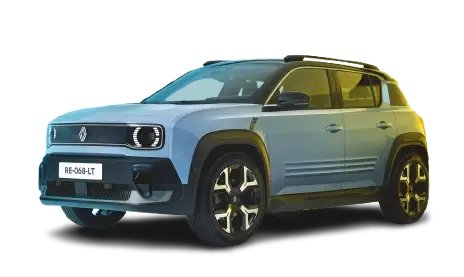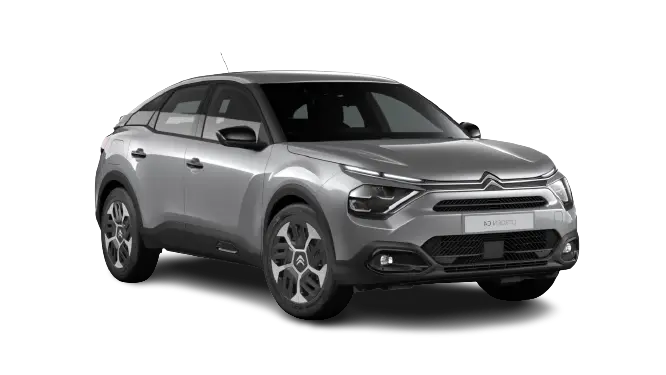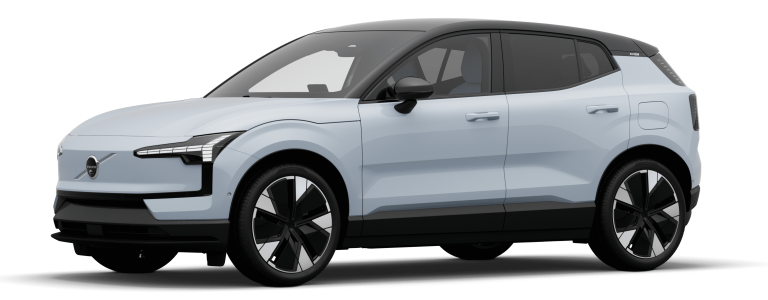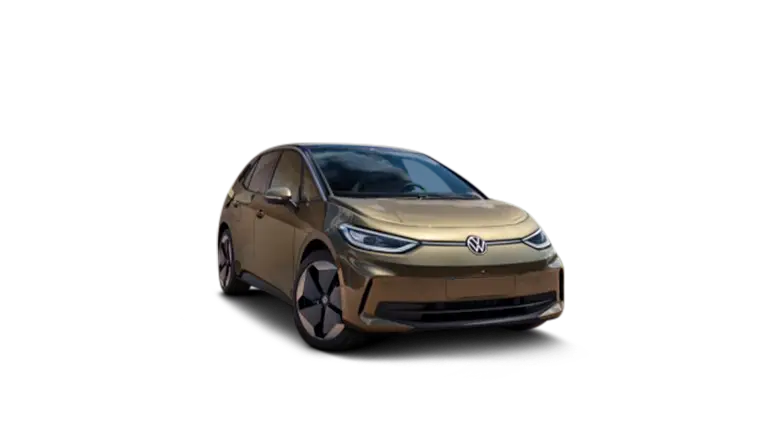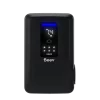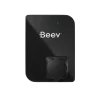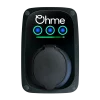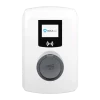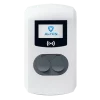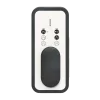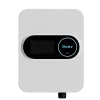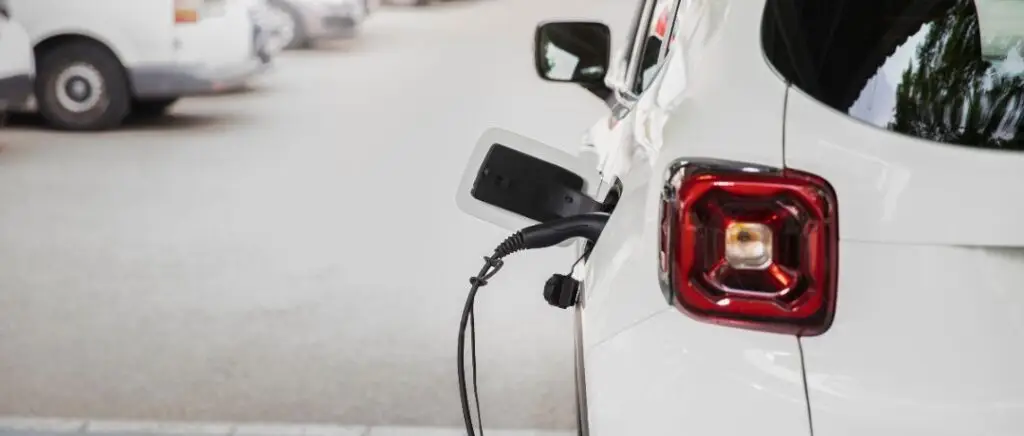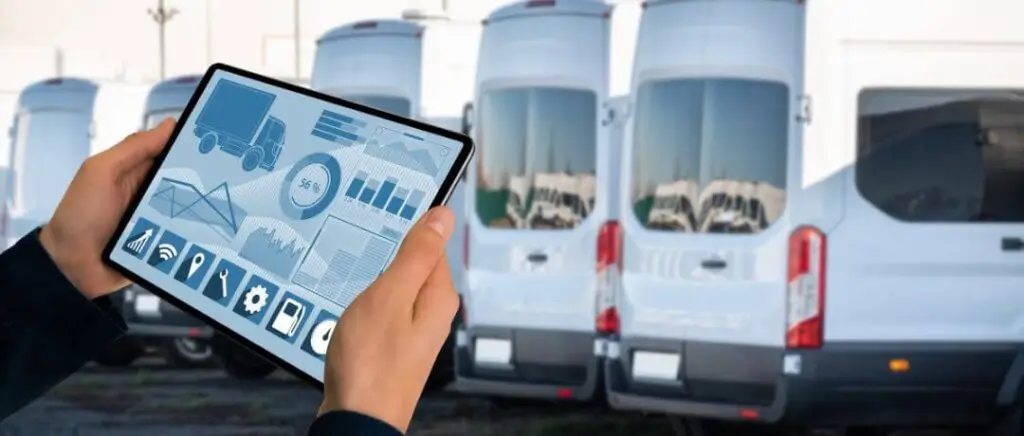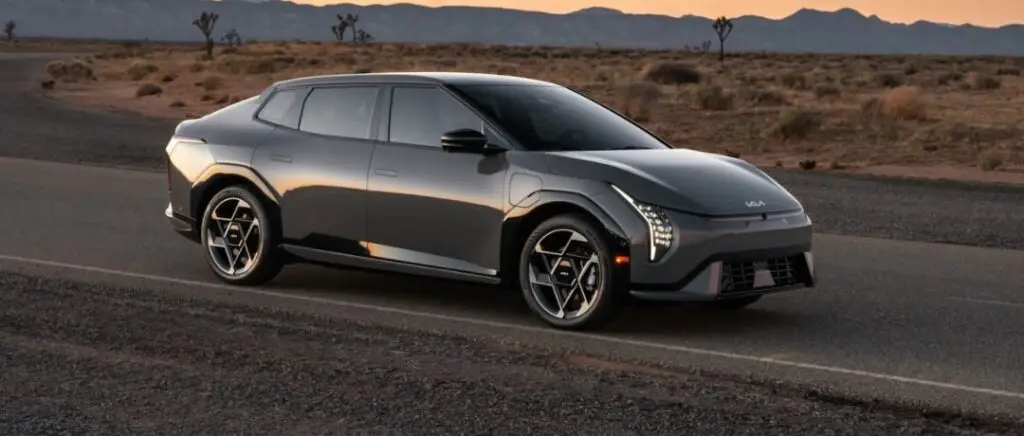What is a Low Emission Zone (LEZ)?
Low-emission mobility zones (ZFE-m) designate a delimited area within which traffic is regulated according to the pollution generated by vehicles. The term is not French in origin, since it derives from the low emission zones (LEZs) deployed throughout Europe over the past two decades. It was created in 2015, as part of the implementation of French Law no. 2015-992 on the Energy Transition for Green Growth (TECV Law).
The EPZs replace the ZCR (restricted traffic zones), while offering municipalities a broad scope for action to combat greenhouse gas emissions from the most polluting vehicles. The aim of such a scheme is twofold:
- In the short term : improve air quality in urban areas by promoting sustainable modes of transport.
- In the long term: move towards the energy transition and promote the decarbonization of vehicles.
The Crit'Air system
In practical terms, low-emission zones are designed to restrict the circulation of vehicles deemed to be polluting or highly polluting in busy urban areas.
To achieve this, they rely on the Crit'Airstickers, which rank vehicles according to their greenhouse gas emissions. Vehicles are given a rating of between 0 and 5, depending on their level of pollution. Users wishing to drive in a ZFE-m must affix the sticker corresponding to their vehicle's class to their windscreen. Only the least polluting vehicles are allowed access. Traffic restrictions and the Crit'Air rating required to enter a ZFE-m are set by the local authorities.
The Crit'Air classification is based on three parameters: fuel, vehicle type (commercial vehicle, passenger car, motorcycle, moped or heavy goods vehicle) and Euro standard (which can be found in field V9 of the vehicle registration certificate).
You can immediately find out the classification of your vehicle by filling in a form on the official website of the Ministry of Ecological Transition.
A gradual tightening of the rules
Pour faciliter la transition vers la mobilité douce, les communes sont invitées à déployer un calendrier de restrictions progressif. Toutefois, les ZFE-m se caractérisent par des objectifs ambitieux qui tendent vers l’idéal du « zéro émission ».
À Paris, première ZFE instaurée en France, l’interdiction des Crit’Air 3 (véhicules diesel et essence Euro 4) sera effective en 2025. En 2030, les voitures essence (toutes catégories) seront bannies à leur tour. Seuls les véhicules 100% électriques, ou hybrides rechargeables (jusqu’en 2030), seront autorisés à circuler dans la capitale et sa métropole.
À lire aussi : la fin des voitures thermiques prévue pour 2035.
Why were the EPZs created?
In addition to the deleterious effects of vehicle pollution on the environment, greenhouse gas emissions also raise public health issues. According to ADEME, fine particle emissions are responsible for more than 40,000 deaths per year in France (Santé publique France study).
Unsurprisingly, pollution peaks are much more frequent in and around major urban centers. Among the categories incriminated, diesel-powered road transport vehicles account for 63% of nitrogen oxide emissions and 14% of particulate matter (PM10) emissions.
According to ADEME, the ZFE-m have a significant impact on reducing urban pollution, achieving a 12% reduction in nitrogen oxide and fine particle emissions.
It should also be remembered that restricted traffic zones have been in place throughout Europe for several years now. We therefore have reliable feedback from experience, enabling us to highlight the benefits of such a system. In London, the introduction of a permanent EPZ in the heart of the city resulted in a a 29% reduction in nitrogen oxide emissions.. Similar results were observed in Lisbon and Berlin (12% reduction).
What are the stages involved in deploying an EPZ?
The launch of a low-emission zone relies on a rigorous analysis to define the various modalities:
- zone demarcation: since December 12, 2018 (interministerial decree), the perimeter of EPZs must be marked with specific signage. This signage must be installed at the entrance and exit of the zone (panel B56).
- the categories affected by the traffic ban must be specified by a sign clearly indicating the extent of the restrictions.
- users affected by the access ban must be able to choose an alternative route or, failing that, use other modes of transport to complete their journey.
Which areas are concerned?
Votée le 22 août 2021, la Loi Climat et Résilience a instauré la généralisation des ZFE-m (zones à faibles émissions mobilité) à l’ensemble du territoire français. Sont concernées toutes les agglomérations de plus de 150 000 habitants, désormais contraintes de mettre en place des ZFE-m à l’horizon du début de l’année 2025. Si les communes restent libres de fixer un calendrier selon leurs propres critères de restrictions, elles doivent faire appliquer des interdictions de circulation en cas de baisse de la qualité de l’air sous les seuils réglementaires.
Pour plus d’informations : 1er janvier 2025 : les changements à venir concernant les ZFE
What changes are in store for private customers?
Motorists are, of course, also affected by the roll-out of the ZFE-m throughout France. The current Crit'Air regulations require motorists to use a sticker indicating the level of pollution emitted by their vehicle. To access the zones concerned, users must obtain this precious pass.
The procedure can be carried out online on the official certificat-air.gouv.fr website. It involves running a simulation to find out your car's Crit'Air level, then ordering the corresponding sticker (for a fee of 3.62 euros). The sticker is mailed directly to the applicant's home address.
People whose vehicles are not eligible (too polluting) or who have not applied for a vignette are not allowed to drive in the ZFE-m. This is not without consequences for users. Those whose workplace is located in a restricted zone are forced to find alternative modes of transport.
Risks of non-compliance
Driving an ineligible vehicle in a ZFE-m will incur a fixed fine of €68 for light vehicles and €135 for heavy vehicles.
Exceptions have been made for vehicles used to transport disabled people (on presentation of a dedicated parking card).
Checks can be carried out at any time by the police, whether the vehicle is moving or parked.
Between health benefits and financial burden
Prevention stakeholders and users alike agree that it is essential to find solutions to effectively reduce GHG emissions. The ZFE-m scheme is unquestionably one of the tools that can help achieve this. But we also need to take into account the impact on society as a whole, particularly for low-income households. It is precisely the least well-off socio-professional categories that are likely to pay the heaviest price for these changes.
Indeed, owners of polluting cars (Crit'Air 4 or 5 or unclassified) do not always have sufficient means to renew their vehicles. The challenge is considerable: by 2020, vehicles in the Crit'Air 1 and 2 categories will account for barely half the vehicle fleet, including in urban and suburban centers.
It's not always possible to use public transport, especially when working long hours or making multiple journeys, such as dropping children off at nursery or school.
The extension of the ZFE-m therefore raises questions about the precariousness of some households. Against this backdrop, the French government has launched a number of financial assistance programs for affected individuals.
Support for the purchase of a clean vehicle
Renewed in 2024, the amount granted to professionals and private individuals by the ecological bonus will be disclosed shortly. To be eligible, the vehicle must be worth less than €47,000 and weigh less than 2.4 tonnes. In addition, electric vehicles will be subject to an environmental score, linked to the CO2 emissions generated both by their materials and their transport.
The conversion bonuswhich can be combined with the ecological bonus, provides a maximum of €5,000 for the purchase of an electric car or plug-in hybrid when scrapping an old, polluting internal combustion vehicle (diesel or gasoline). Since 2021, users living in or near an EPZ can obtain a €1,000 bonus.
These national schemes are backed up by local grants, distributed at the initiative of local authorities.
The Greater Paris metropolitan area has launched the Métropole Roule Propre scheme, enabling residents of the Greater Paris region to combine government and local grants in a one-stop shop. Total funding can reach €18,000 for a new electric vehicle and €13,000 for a used one.
Finally, the French government offers a microcredit of up to €5,000 repayable over 5 years to finance a clean vehicle, available on a means-tested basis.
ZFE: what impact for businesses?
Businesses are directly affected by the extension of the ZFE-m, which will require them to reorganize their fleets and adapt employee transport methods.
The prospects for a greener corporate fleet are obvious, particularly in the context of the LOM law which imposes a quota of clean vehicles for all organizations with fleets of over 100 units.
The environmental and health issues are all the more important given that the majority of GHG emissions come from road transport vehicles. 6.3 million light commercial vehicles (LCVs) were recorded as being in circulation in France on January 1ᵉʳ, 2022. However, the share of diesel in the fleet of these LCVs remains dominant, at 95%.
Access and traffic restrictions in the ZFE-m can jeopardize the activity and production of certain companies, in particular :
- companies offering goods delivery and transport services in large conurbations;
- Craftsmen who visit their customers' homes to carry out work and repairs (plumbers, electricians, locksmiths, carpenters, etc.);
- companies carrying out canvassing operations using field sales staff or providing company cars to their employees, if the latter use their vehicles to travel in the aforementioned areas.
Professionals who don't want to suffer a drop in efficiency are therefore well advised to anticipate the conversion of their commercial vehicles, giving preference to hybrid or 100% electric vehicles.
In addition to the aforementioned government subsidies (bonus à la conversion and bonus écologique), companies can also benefit from exemption from company vehicle tax (TVS) and more advantageous taxation (tax relief on vehicle registration documents).
À lire aussi : ZFE : ce que ça change pour les véhicules utilitaires en entreprise
As proven decarbonization tools, low-emission mobility zones reflect the urgent need to reduce pollutant emissions in major urban centers. They are nonetheless restrictive for private individuals and professionals who are unable to give up their vehicles for travel purposes. With the help of national and local subsidies, however, it is possible to lighten the budgetary burden of financing a clean vehicle and/or to encourage soft mobility.
